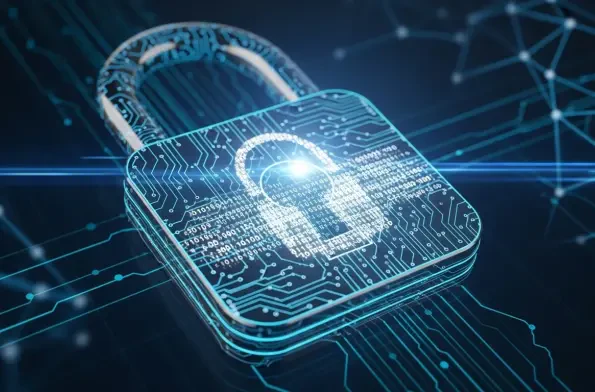In the dynamic and ever-evolving world of digital safety, Malik Haidar has emerged as a pivotal figure in cybersecurity. With profound experience dealing with complex security challenges for multinational corporations, Malik brings valuable insights into understanding and preventing data breaches. In an interview that delves into a recent high-profile incident involving a dating app, Malik shares his expert analysis and thoughts on cybersecurity strategies.
Can you provide an overview of what happened during the data breach?
The recent breach involved unauthorized access to a legacy data storage system on a popular dating app, which compromised images including user selfies and photo IDs. The incident was identified on a Friday morning, sparking a thorough investigation with external cybersecurity experts to grasp its scope and impact.
What specific data was compromised in this breach?
The compromised data included approximately 72,000 images. Among these were around 13,000 selfies and photo identifications submitted during account verification and 59,000 images from user interactions within the app like posts and comments.
How were the unauthorized access and data breach first discovered?
The breach was initially discovered through security monitoring tools that indicated unsanctioned access to their systems. Following this, a comprehensive investigation began to determine the breach’s full nature and implications.
Can you explain what a legacy data storage system is and why it might be vulnerable?
A legacy data storage system is an older technology, often retained for compatibility reasons or because it stores critical historical data. These systems can be vulnerable due to outdated security practices, lack of modern encryption, or simply being overlooked in regular security updates.
Why were the selfie images and photo IDs archived instead of being deleted as promised?
The selfies and photo IDs were archived to comply with law enforcement requirements concerning cyber-bullying prevention. This highlights the balancing act companies face between user privacy commitments and legal obligations.
What role does Tea’s commitment to cyber-bullying prevention play in retaining user data?
Tea’s commitment to preventing cyber-bullying involves retaining certain data to support law enforcement inquiries. Such information can be pivotal in identifying harassers and protecting users, although it requires stringent safeguards to protect this data from breaches.
Was there any other sensitive user information, like email addresses or phone numbers, compromised during the breach?
Fortunately, Tea confirmed that no email addresses or phone numbers were compromised during the breach, limiting the extent of personal data exposure.
How secure are the messages and interactions shared within the app?
The app implements various security protocols to protect user interactions, though this incident underscores the need to continually assess and enhance these measures to ensure the utmost protection.
What steps has Tea taken to investigate the breach and ensure it doesn’t happen again?
Tea has engaged external cybersecurity experts to conduct a full-scale investigation. They’re also revisiting their security frameworks and protocols to prevent future breaches, focusing on shoring up their legacy systems.
How is Tea communicating updates about the breach to its users?
Tea is committed to transparency, providing regular updates to users about the breach findings and steps being taken to secure their data going forward.
Can you explain the statement, “We have no evidence to suggest that photos can be linked to specific users within the app”?
This statement indicates that while images were exposed, there’s currently no proof that someone could easily match those photos to individual user profiles, limiting the potential for direct threats such as identity theft.
What measures are being implemented to enhance the app’s cybersecurity in the future?
They’re planning to update cybersecurity protocols, invest in exposure scanning, and increase cybersecurity training for employees to preempt potential breaches.
How does Tea plan to regain the trust of its users after this breach?
By actively addressing the security lapse, communicating transparently, and enhancing protections, Tea hopes to reassure its users and restore confidence in their platform.
In your opinion, what are the major security challenges that dating apps face today?
Dating apps face numerous challenges, including safeguarding personal data, verifying user authenticity, and ensuring interactions remain private to deter misuse and build trust.
How does Tea balance user safety with privacy, particularly regarding data archiving for law enforcement purposes?
Tea strives to balance safety and privacy by limiting archive access, implementing strong encryption, and continually updating how such data is managed and protected.
What are some common security misconfigurations that apps like Tea might encounter?
Common issues can include improper permissions, outdated software, unsecured databases, and insufficient access controls, all exacerbated by the complexity of app ecosystems.
How does Tea’s mission to provide dating safety for women influence its security measures?
Tea’s focus on dating safety drives it to prioritize secure user verification processes and develop platforms where women feel safe sharing and engaging without fear.
Do you have any advice for our readers?
Stay vigilant about personal information shared online, use apps that prioritize transparency and security, and keep informed of any data breaches that could affect your digital life.













